The story of Robert James Campbell is a complex one. Born to a prestigious New England family (his grandfather was the inventor John Jay Nash) he moved to New York City and set about photographing jazz virtuosos such as John Coltrane, The Modern Jazz Quartet, Philly Joe Jones and Wayne Shorter – alongside musical legends like Chuck Berry, Richie Havens & Miriam Makeba. Jessica Ferber’s collection covers some of Campbell’s work, shot at legendary clubs like Birdland, The Village Vanguard, and The Gaslight Café.
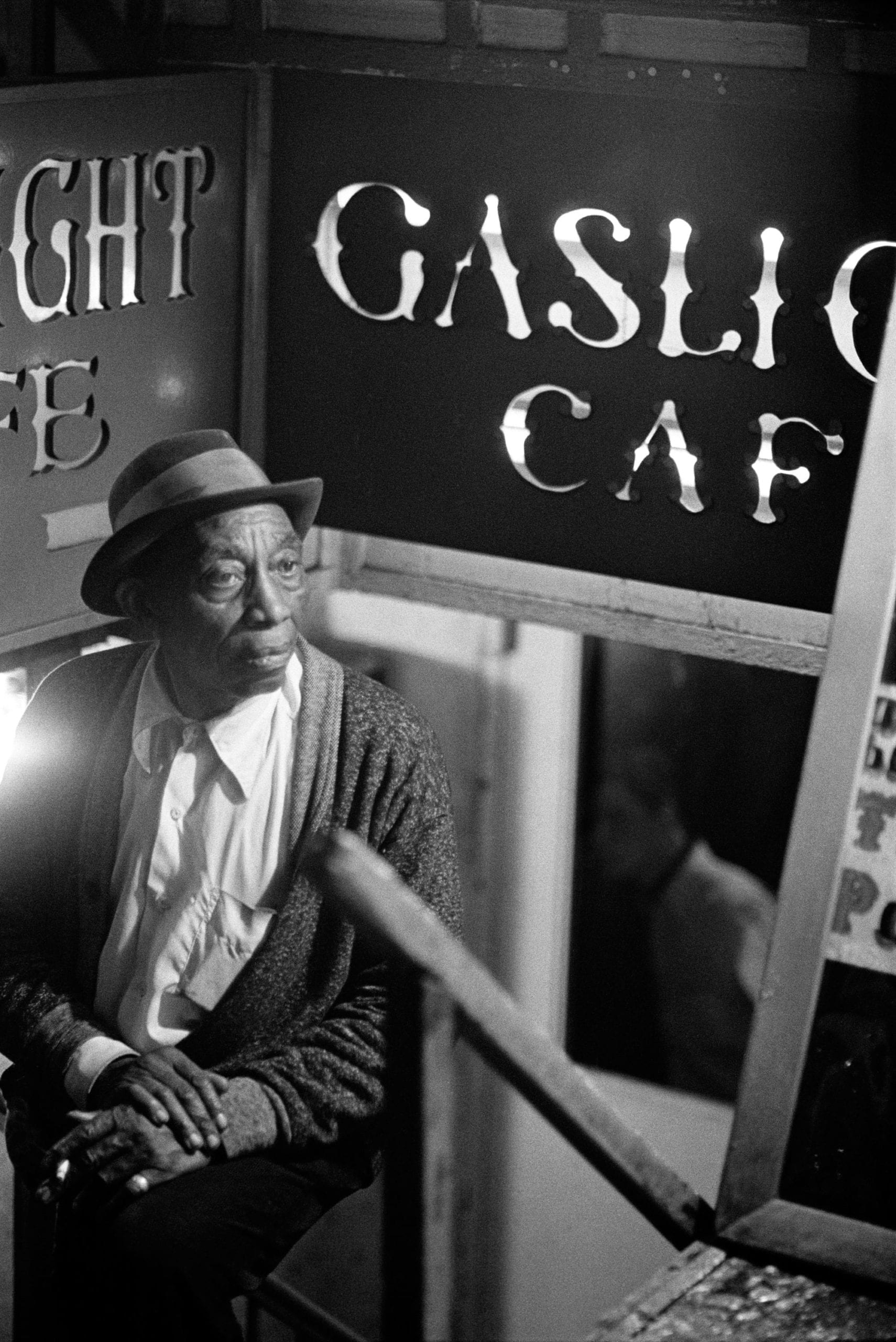
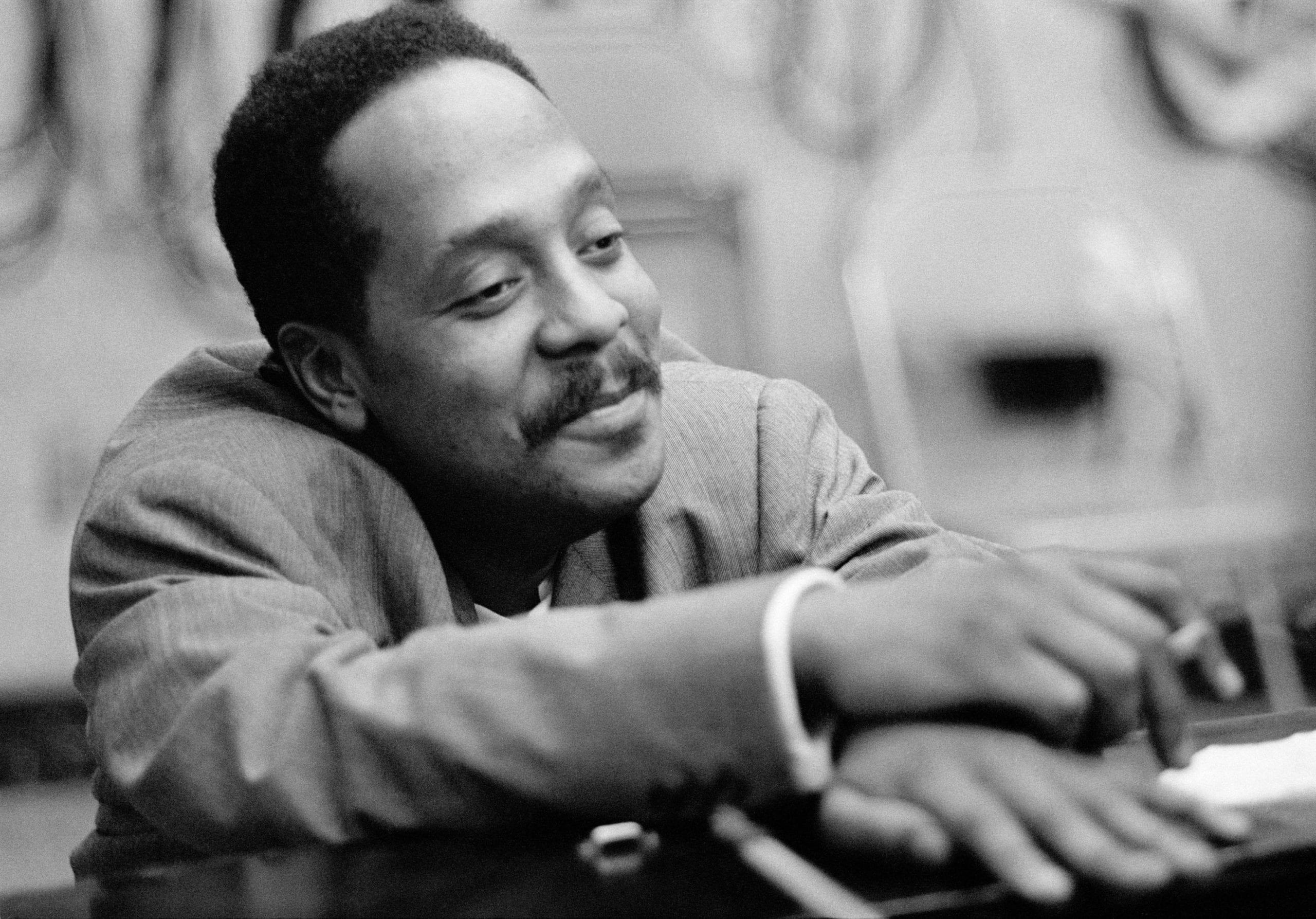
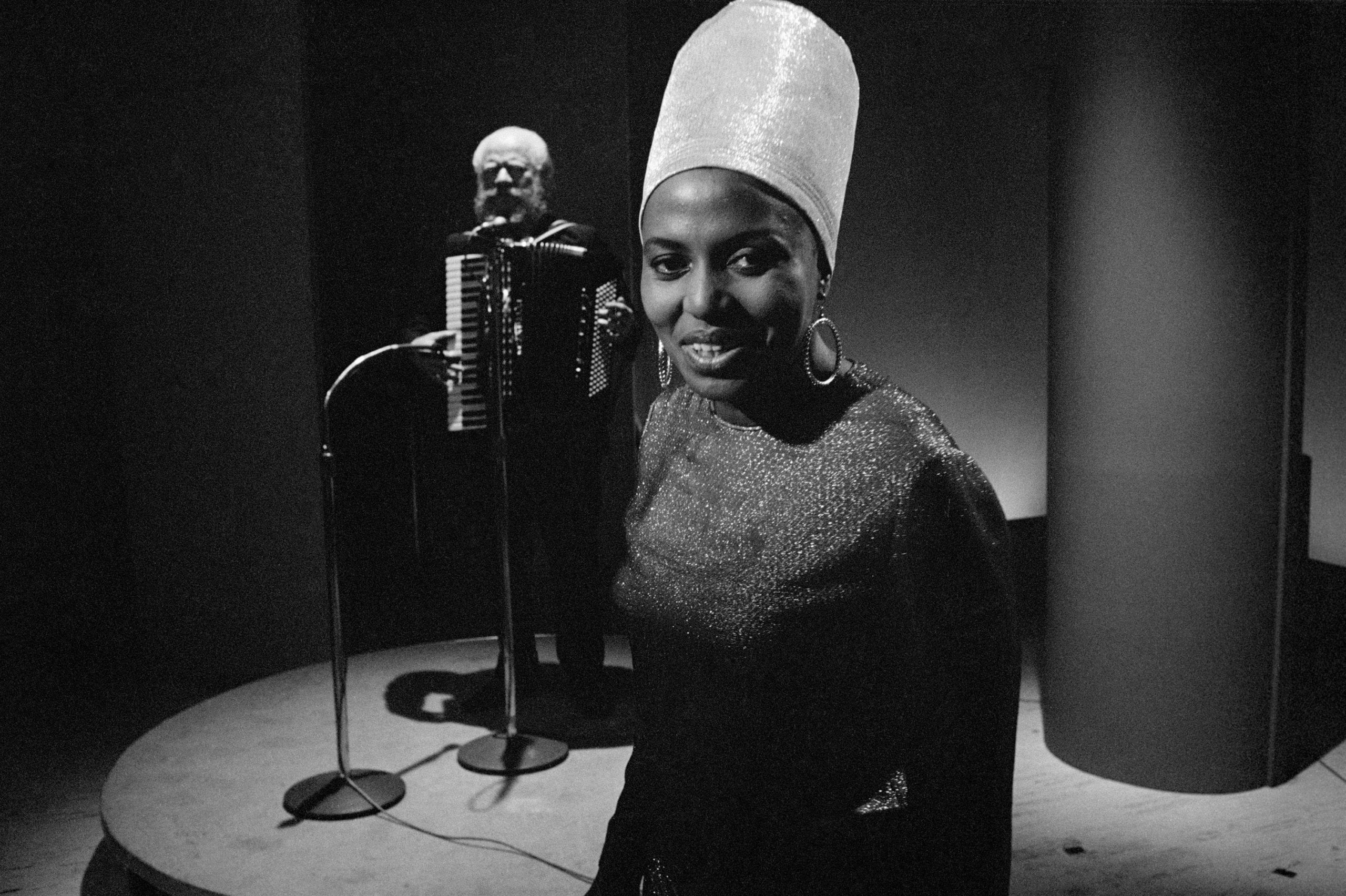
The book also covers Campbell’s street photography, international work from his time spent in Germany, and tour imagery. It documents the short career of a photographer who “died alone and penniless” in Burlington, Vermont in 2002.
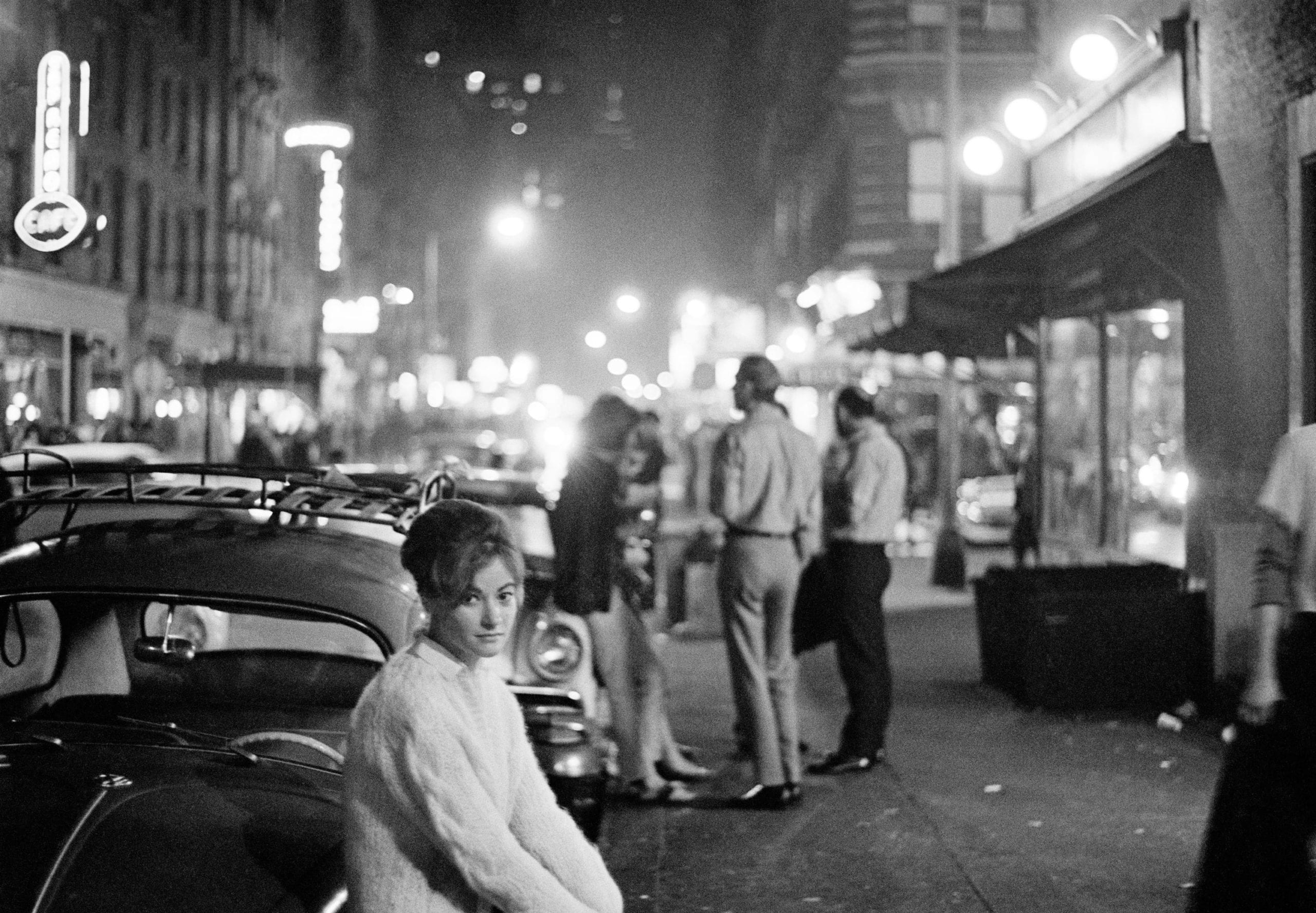
In was in Burlington that Ferber first discovered Campbell. After graduating from The University of Vermont, she volunteered to survey some boxes that were left behind by Campbell “after he passed away at a local homeless shelter”.
Says Ferber: “At the time, I didn’t know who Campbell was, and I understood that little was known about the years he spent in New York as an active photojournalist. After re-archiving and researching his prints and negatives, I was able to curate a collection of images that were taken in the late 1950s and 60s.

“Campbell’s photography spans genres; jazz, folk, civil rights, celebrities and the streets of New York [and] is special for a variety of reasons – from a photographic perspective he was a master of composition and lighting, but more importantly he had the ability to get close enough to his subjects to capture pure and honest expressions; he wasn’t just looking for a stage shot.”
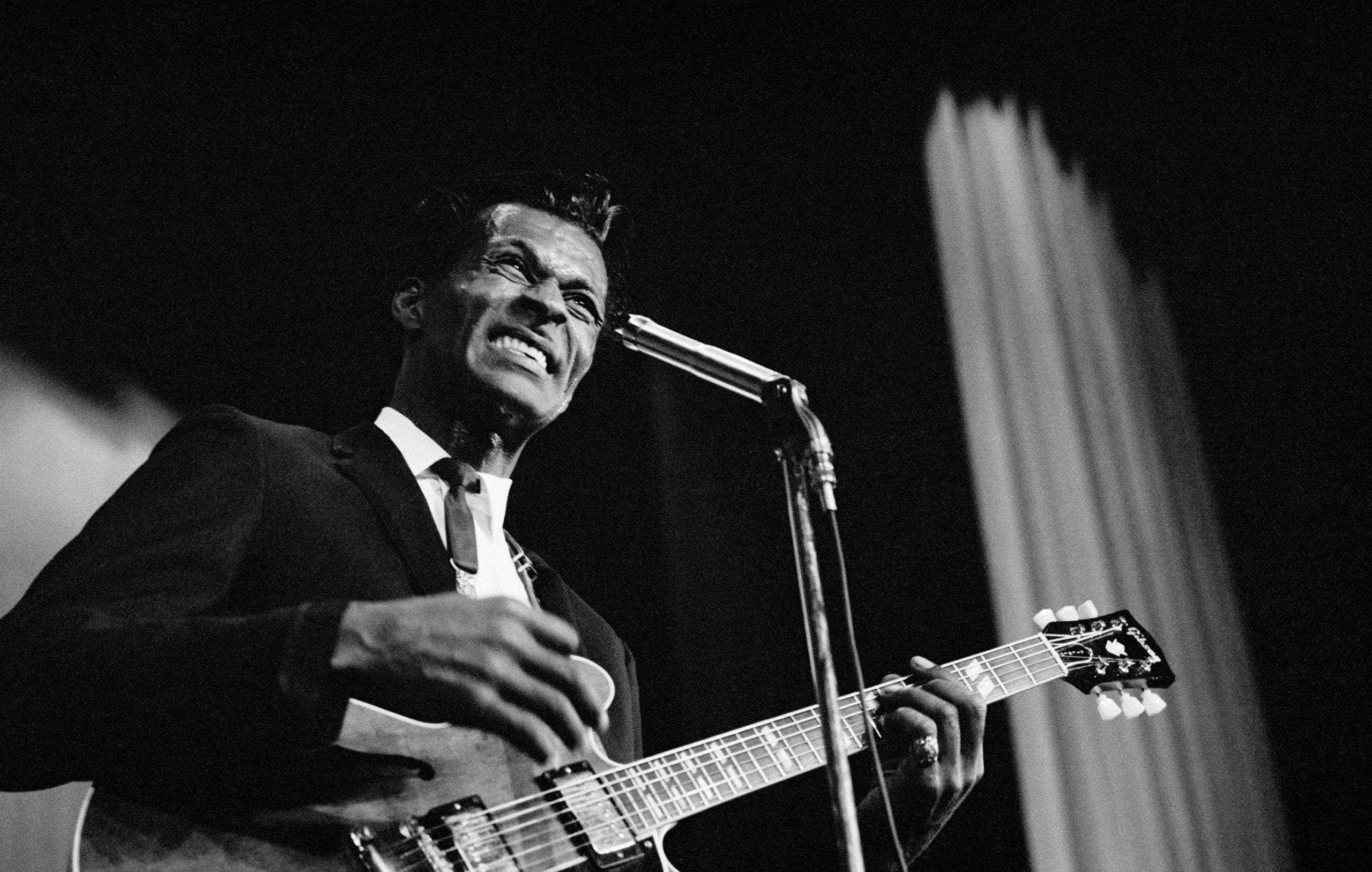
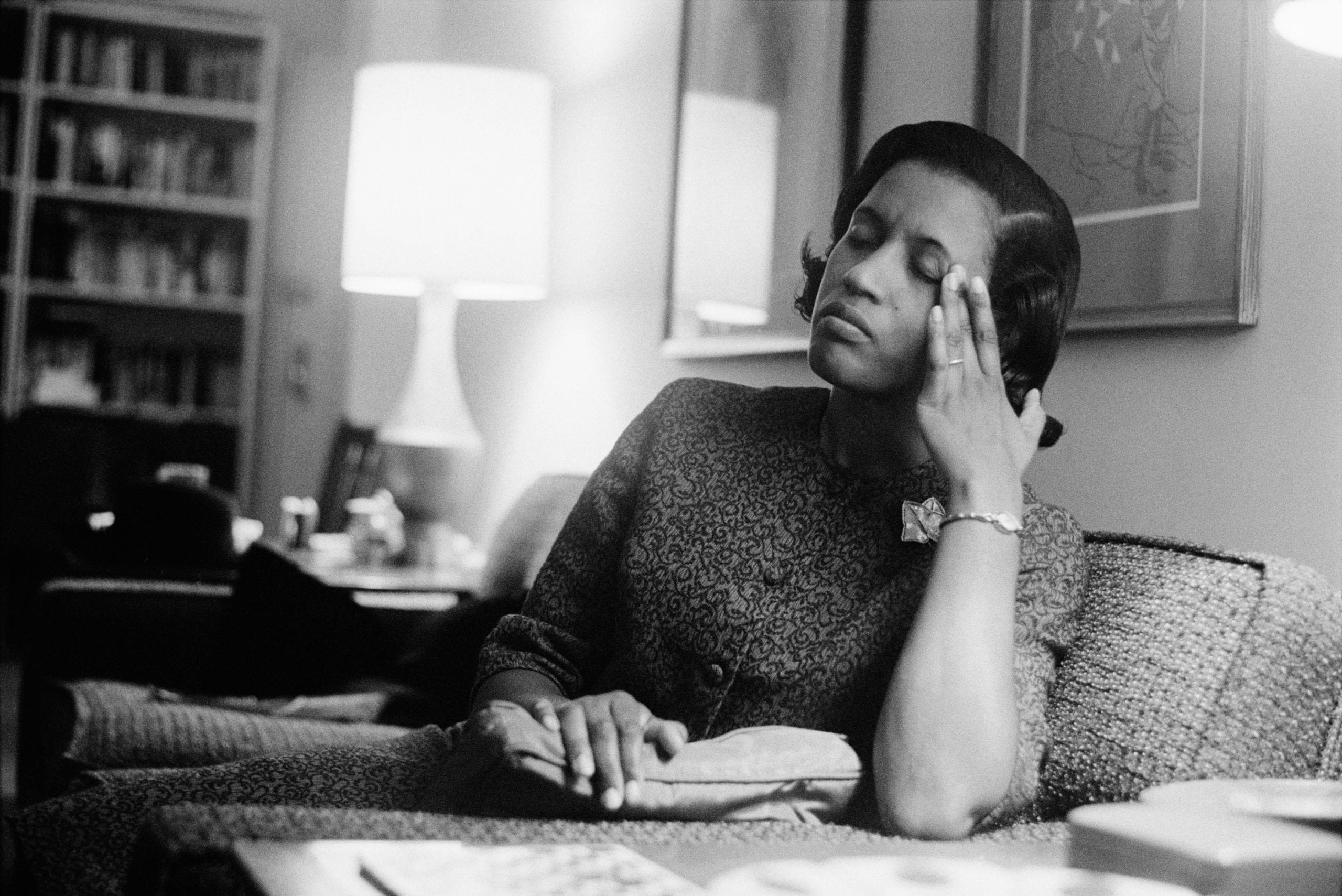
Despite securing photojournalism jobs with hipster journal The Village Voice and the jazz magazine Downbeat, the hand-to-mouth nature of freelance photography did not sit well with Campbell – an army veteran who was “wrought by mental demons, financial hardship, and health failure”. I asked about Ferber’s curatorial process – how she had tried to make sense of a frenetic and idiosyncratic collection of photos.
“The process was based on photos that surfaced over the years that I spent developing Campbell’s film,” she says.“If there was an image I found to be culturally important or unique I flagged it. Before embarking on publishing I had about 50 favourite images, and some were used in a Kickstarter campaign as an example of the archive.
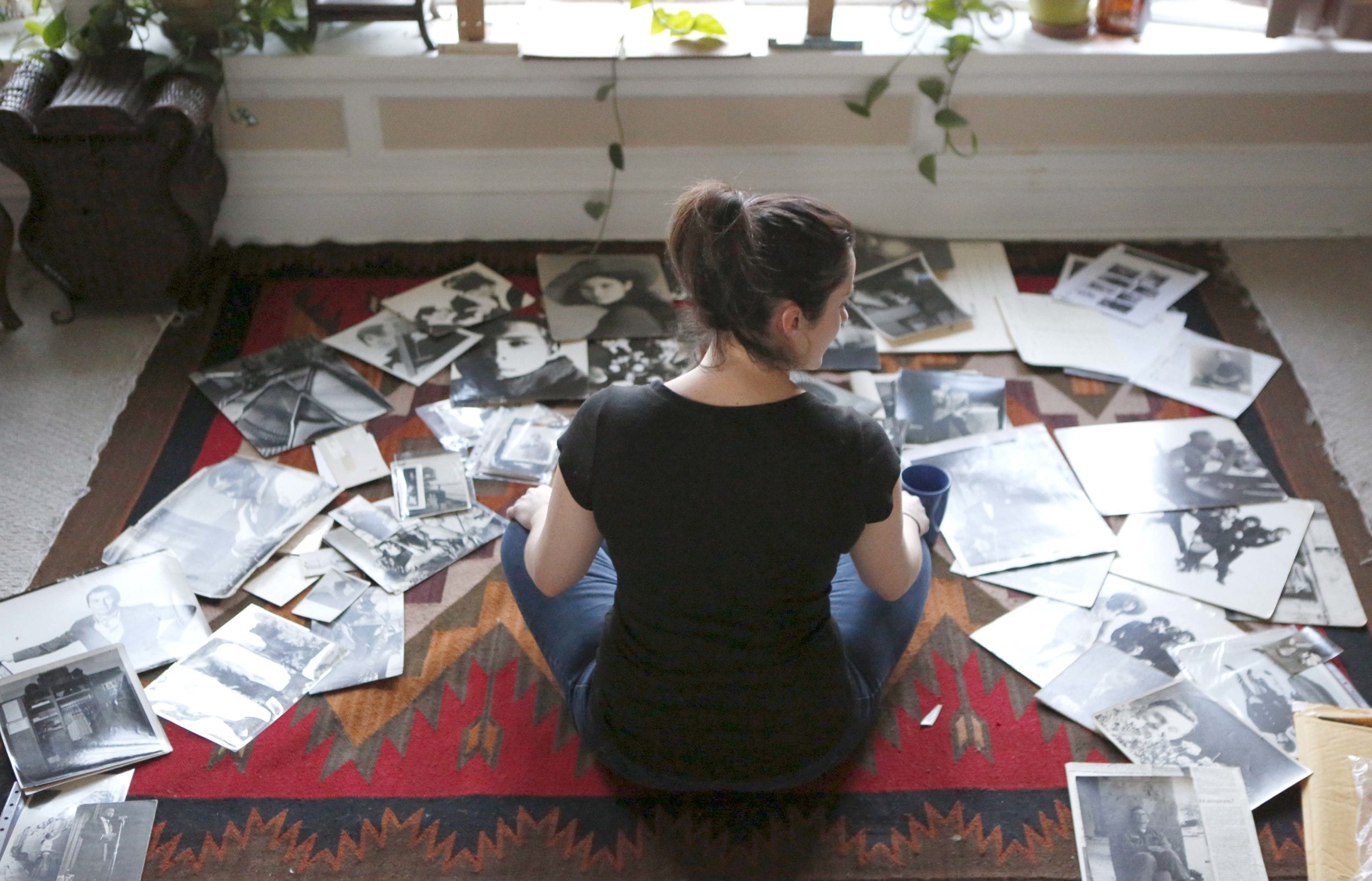
“Prior to the campaign, none of the images had been restored, and it was questionable if they were even viable for a book considering how battered they were. An image lab in Boston called Panopticon remastered over 100 images, and from there I was able to lay everything out and see what worked. Campbell’s archive is massive and diverse, and I didn’t want to pigeon-hole the book as solely about jazz. As the layout started to take shape, I added roughly 20 additional images that balanced out the jazz mood with a more bohemian flavour.
“My goal was to recreate the landscape of the era Campbell was shooting in New York, not just the music and the players.
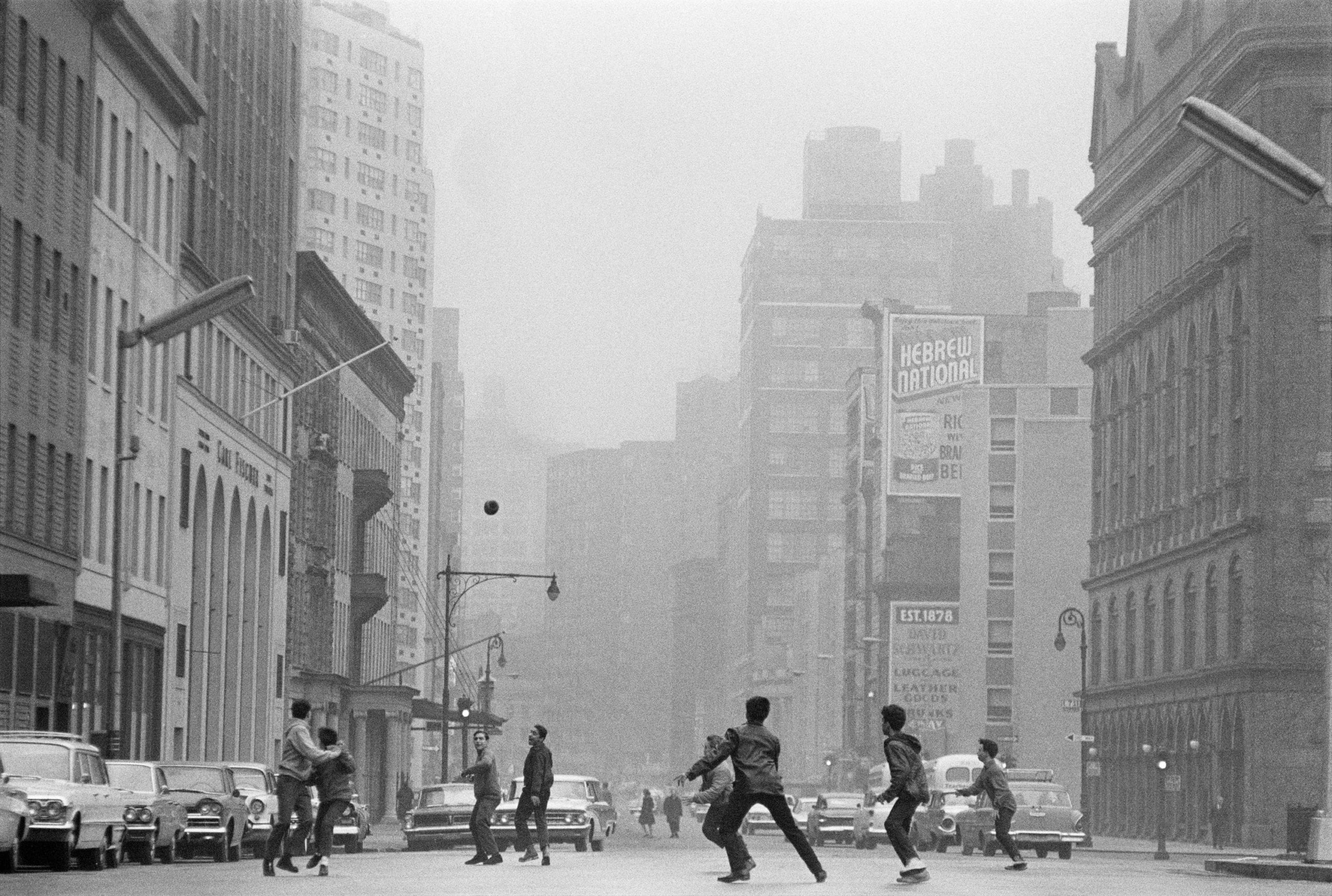
“On a personal level Campbell’s images have taught me about a time in New York that I never had the chance to experience in my lifetime; The simplicity before technology; the excitement of jazz and folk music energising the city. It was a short, yet intimate and special time, and Campbell fully embraced and documented it before it disappeared.”
Towards the end of the 60s Campbell left New York for Los Angeles, and appeared to give up on photography for good. I finished by asking Ferber what was known of his time on the west coast.
“He followed (musician & father of Jeff) Tim Buckley out west with some friends. Images that were taken after his departure from New York are sparse, and I’ve always had the feeling that New York – The West Village specifically – was his muse. Once he left, his career somewhat came to a screeching halt. He took work as a stage hand and was part of the union, but he would never resume the photo career he started in NYC. Some say that he remained static in his views and outlook on life and wasn’t progressing on a personal level. I think he just got stuck and was unable to regain focus and direction. In the late 80’s he suffered a stroke, leaving him hearing impaired and his ability to work compromised.”
Rebirth of the Cool – Discovering the Art of Robert James Campbell, by Jessica Ferber is published by powerHouse Books and is available for purchase now.

